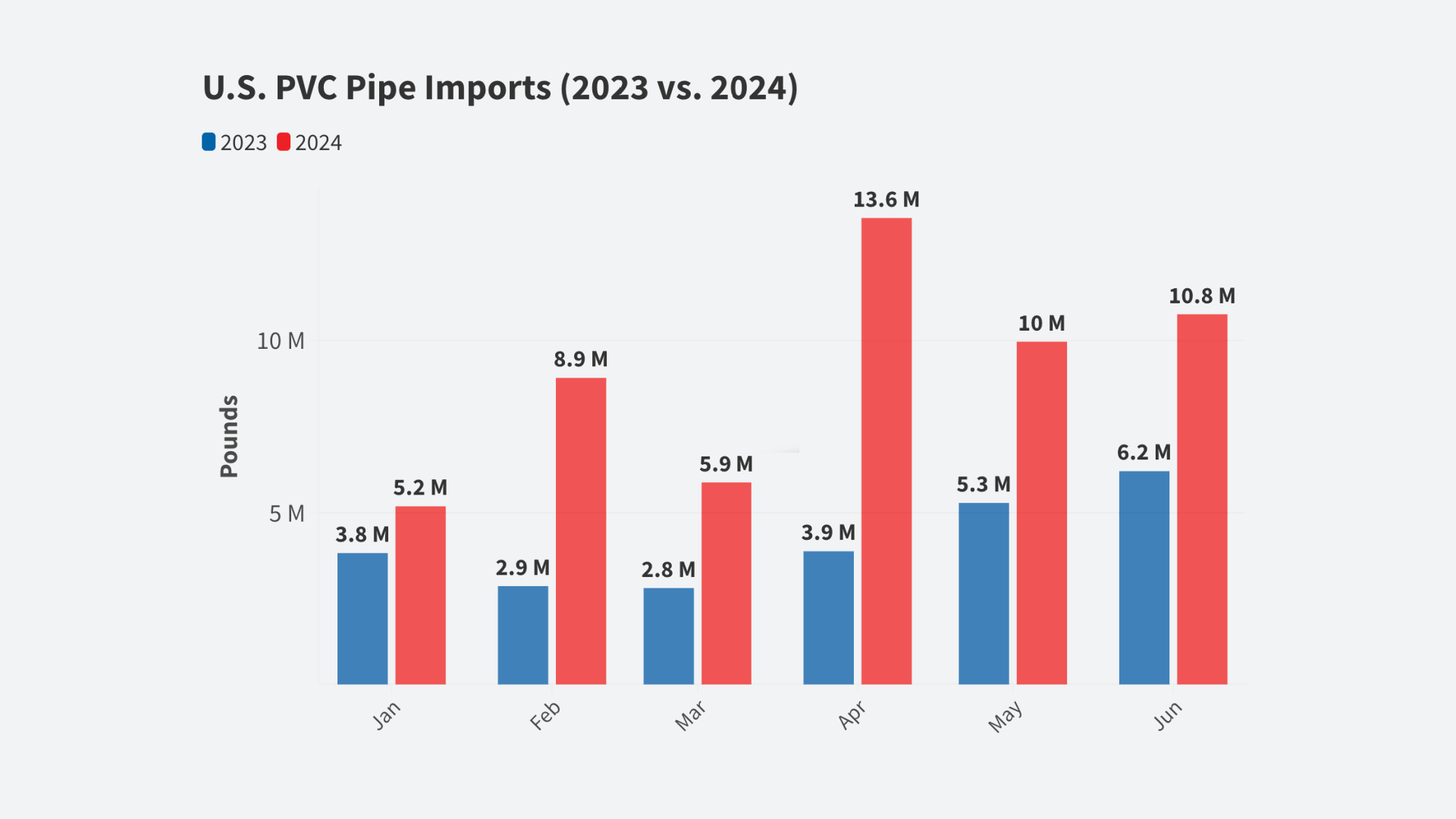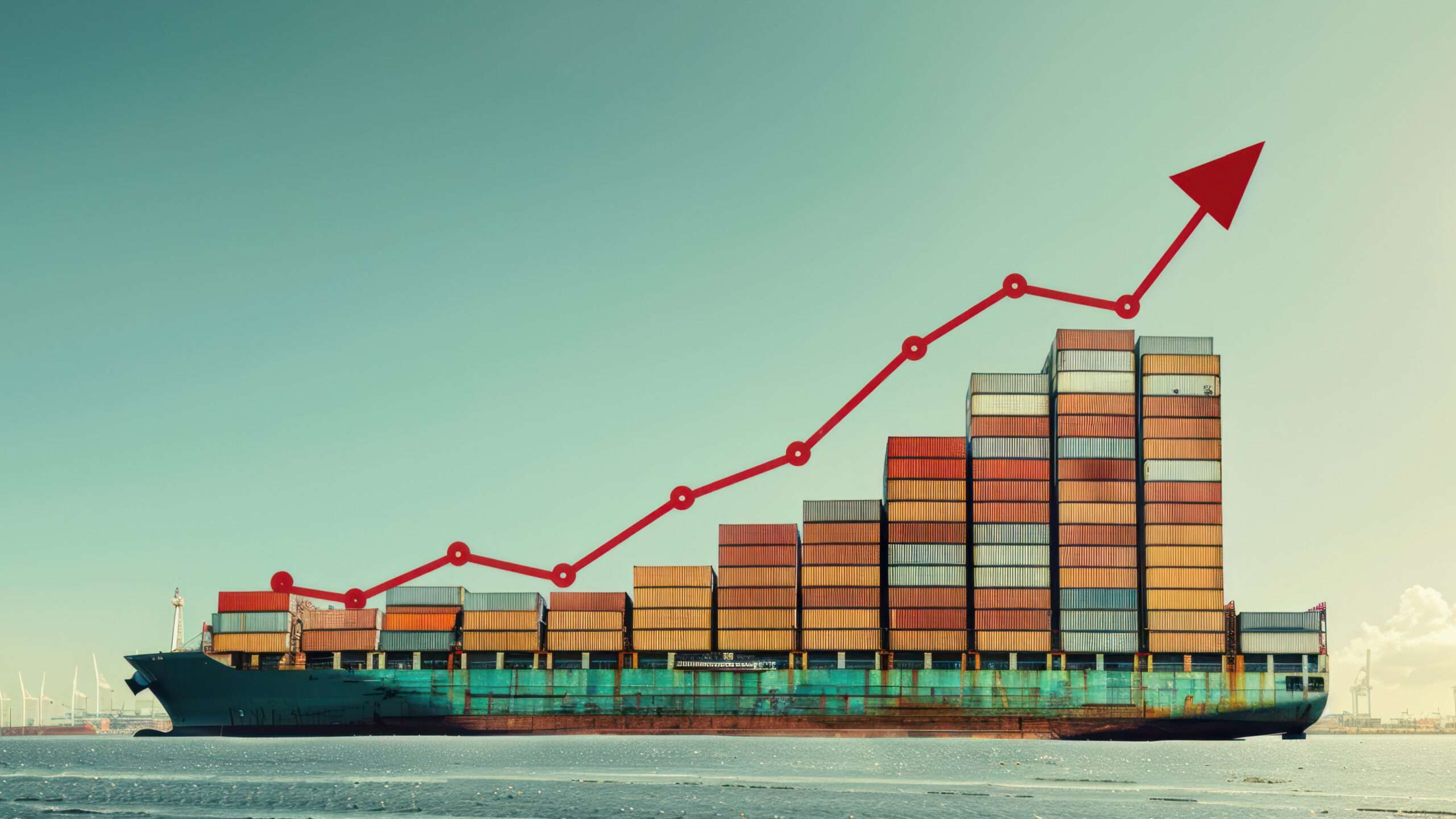
Even if the Georgetown steel mill had survived to this point, China’s surprising decision Tuesday to devalue its currency likely would have been the 46-year-old plant’s death blow.
[Reposted from The Post and Courier | David Wren | August 14, 2015]
And it could be a death sentence for other sites in the struggling U.S. steel industry.
ArcelorMittal’s mill some 60 miles up the coast from Charleston officially shut down Thursday, but production stopped weeks ago, leaving 226 people without jobs.
“Rolling mill operations were completed in early July, and shipments of finished product concluded last month,” ArcelorMittal spokeswoman Mary Beth Holdford said.
The decision to close the mill — once ArcelorMittal’s leading wire rod producer — was purely economic, Holdford said, “caused by surging imports, increasing competition within key domestic markets, and Georgetown-specific issues such as input costs and transportation costs.”
All of those factors were in place before the People’s Bank of China — that country’s equivalent to the Federal Reserve — devalued the yuan by nearly 2 percent, sparking fears of a worldwide currency war.
With China’s economic growth slowing, the bank said devaluation was necessary to boost the competitiveness of the world’s second-largest economy. When the yuan loses value, Chinese goods become less expensive, and that makes it harder for companies in other countries to compete.
A cheaper yuan means even cheaper Chinese steel, something that would have made the Georgetown mill’s future difficult to rationalize.
“The U.S. steel industry is more vulnerable to China’s devaluation than any other industry,” said Douglas Woodward, an economist at the University of South Carolina. Woodward said the U.S. can expect to see Chinese imports rise across the country, making it “impossible for domestic manufacturers to have any pricing power.”
The currency declines likely won’t stop with China. Other steel-producing countries like India and Brazil might institute copycat devaluations to keep their exports competitive, Woodward said. All of which makes it less likely that the Fed will raise interest rates this year — a move that would strengthen the dollar and make U.S. goods even less desirable on the world market.
The full impact might take a couple of years to realize, because many manufacturers have annual or biennial contracts for the purchase of commodities like steel.
“Everyone will have to look at this from a long-term perspective,” Woodward said.
Mixed feelings
That’s true for the city of Georgetown as well, which is losing about $500,000 in annual tax and business license revenue from the steel mill. While some bemoan the loss of jobs, others see the possibility of revitalization at a blighted site that sits along U.S. Highway 17 and the Sampit River, at the end of the city’s historic Front Street.
“Everybody living near the property is happy that the noise will be reduced and the pollution will go away,” said Jack Scoville, the city’s mayor. “The negative is the people who worked there won’t find jobs that pay as well. There are an awful lot of people interested in doing something good with that property.”
Scoville said the city’s planning commission is studying the site and will make recommendations about what it thinks should be done, but ultimately the decision is up to ArcelorMittal.
“The site is very valuable,” Scoville said. “They have no intention of giving it away.”
Georgetown has been through this kind of economic turmoil before. The steel mill shut its doors for nearly two years beginning in 2009 amid the Great Recession, re-emerging in 2011 with a new labor agreement. Before that, Mitt Romney’s Bain Capital LLC bought the mill in 1993, earning multimillion-dollar dividends and annual management fees of $900,000 before taking the mill into bankruptcy. Midcoast Industries bought the plant out of bankruptcy in 2002, only to put it back into bankruptcy a year later.
Mittal Steel, later ArcelorMittal, bought the property in 2005.
Steely nemesis
All along, cheap Chinese imports have been the plant’s — and the industry’s — nemesis.
Romney, in an interview during his 2012 presidential run, said Bain Capital’s 2001 decision to ditch the Georgetown mill was “in part because of — well, in this case, dumping from places like China into this country.”
In 2004, Dan DiMicco, then CEO of steel giant Nucor Corp., told the company’s mill workers in Huger that China was destroying their American jobs.
Fast-forward to 2015 and U.S. steelmakers are petitioning the U.S. International Trade Commission to impose anti-dumping duties on imported steel from China, alleging unfair pricing.
USC’s Woodward said he doesn’t think such tactics would be successful over the long-term because China simply produces too much steel — more than 100 million excess tons in 2014 — in the face of that country’s slowing demand for the product.
“They have to offload that steel,” he said. “If you’re in a business that’s competing with China, it’s going to be very difficult.”
Scoville said the Georgetown mill’s absence won’t have the economic impact now that it might have had years ago, when the bankruptcies and shutdown rumors sent shockwaves through the city.
“Our overall economy is heating up because tourism-related businesses, retail stores and restaurants are doing well,” he said. “This won’t be as bad as it was (in 2009) when they closed down.”
In short, Scoville said, Georgetown’s future looks bright with or without the mill.
The steel industry’s future is another matter. Holdford, ArcelorMittal’s spokeswoman, said the “company remains open to considering credible interest from potential buyers” of the Georgetown property.
To date, none have surfaced.













